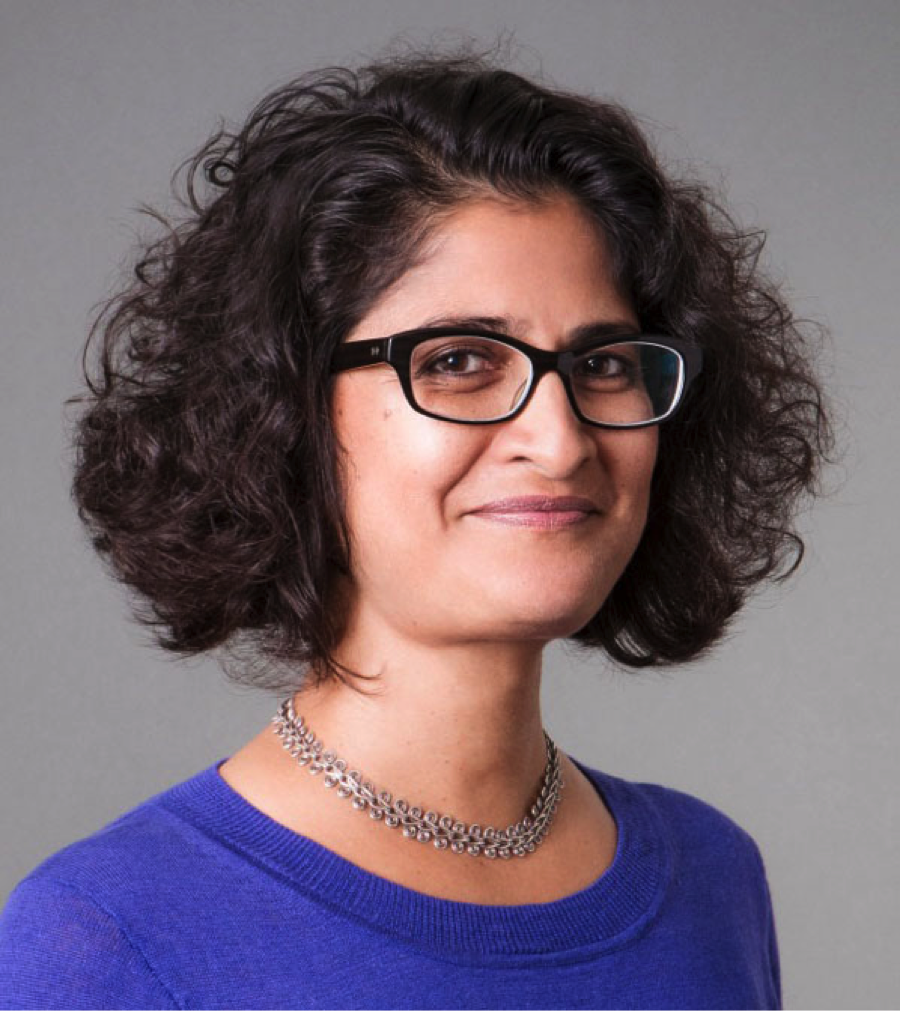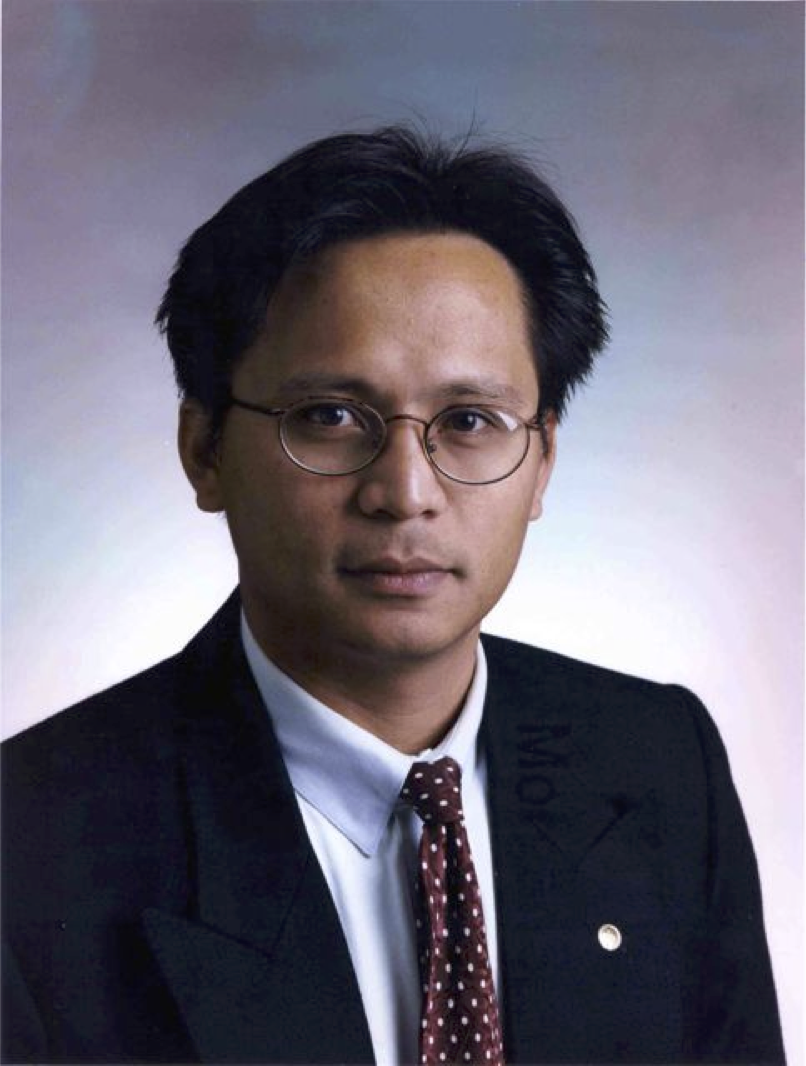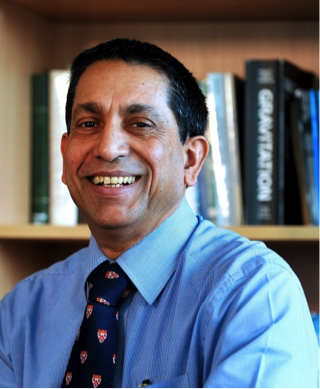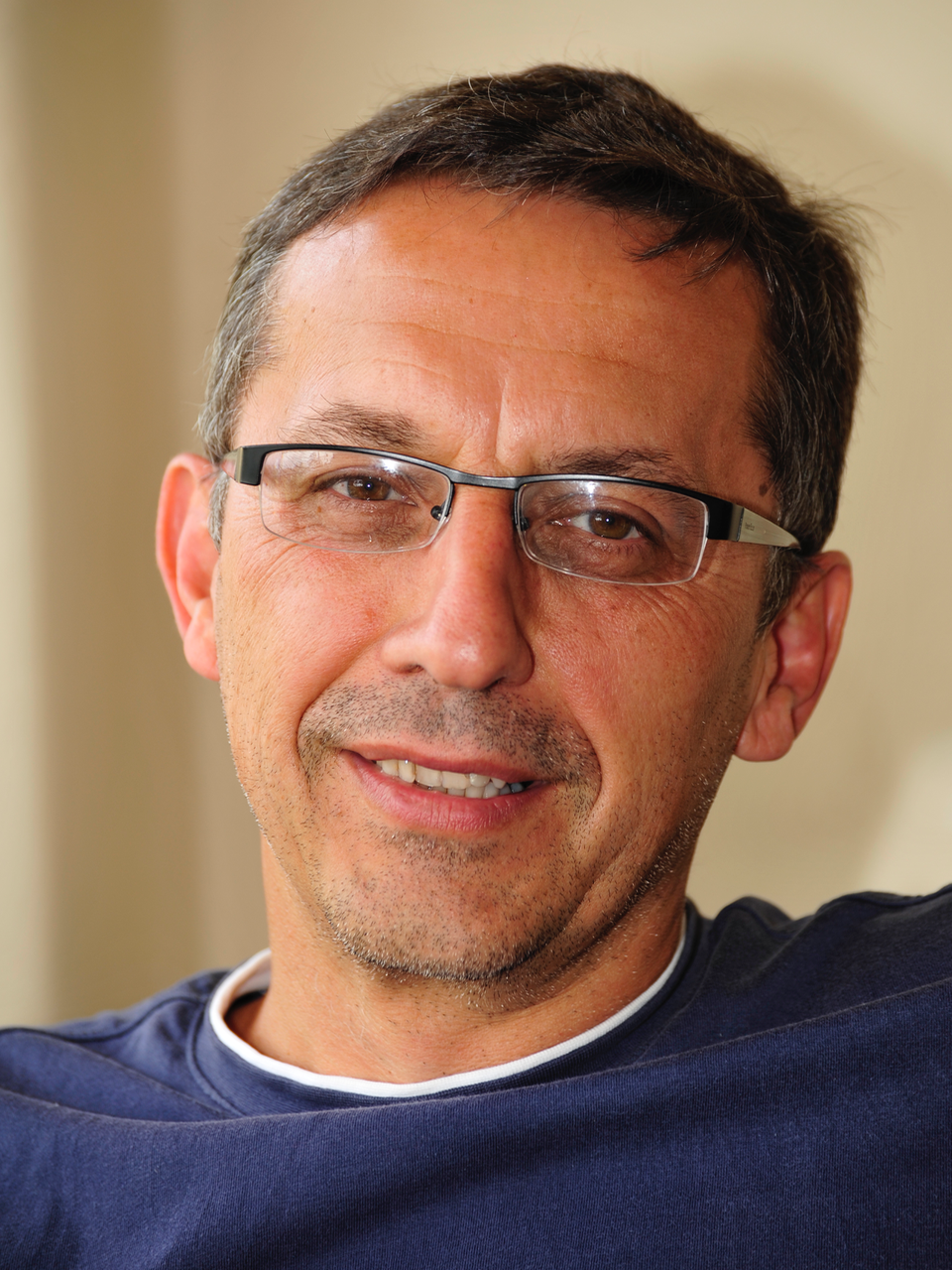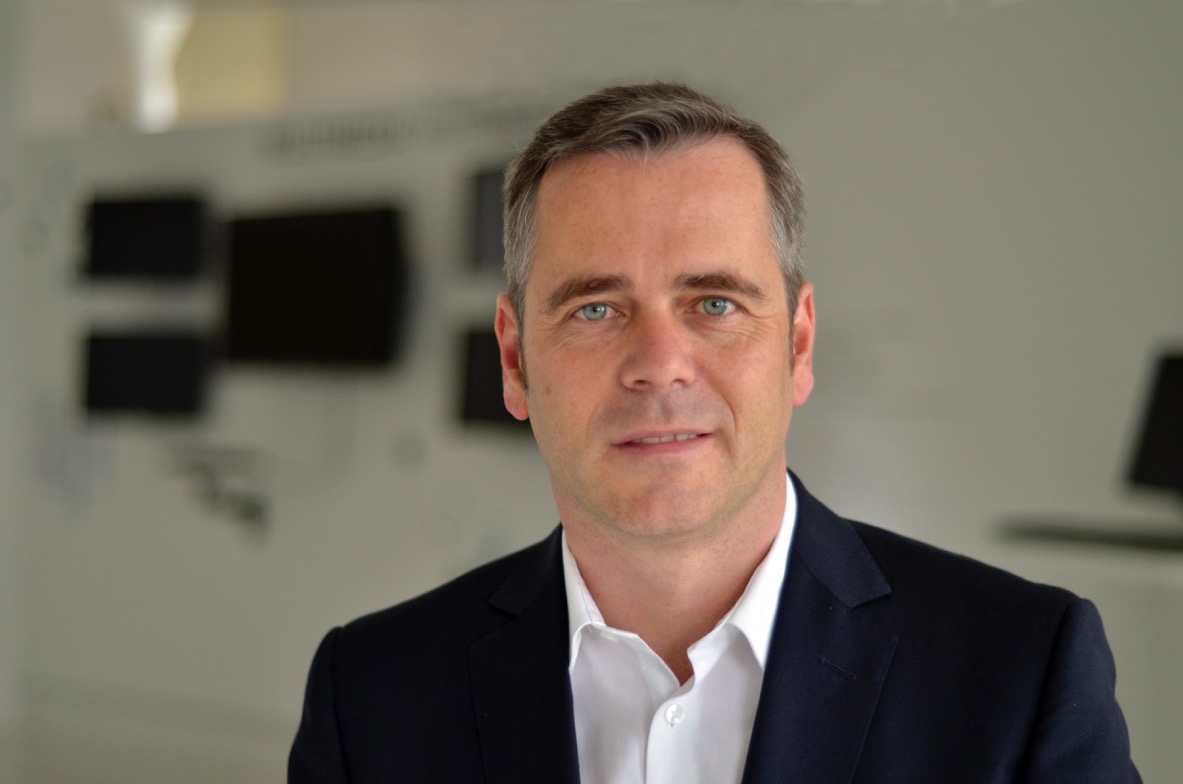| Keynotes | Technical Program
| Special Sessions
| Tutorials | Co-Located Events | EURASIP |
Last minute changes
| 3MT
| MathWorks workshop
| | | |
TuesdayBiological communication networks: A first step in modeling and analysis | WednesdayNetwork Location and Navigation: Signal Processing Opportunities | WednesdayConsensus Clustering Paradigms | ThursdaySequential Monte Carlo Methods – Recent Advances | FridayFuture Video Coding |
Tuesday Keynote
Biological communication networks: |  |
Abstract: We review how biological systems undertake signaling specifically examining, signal transduction and signaling via electrons and molecules. Key processes will be reviewed and important mathematical abstractions provided. With essential building blocks in place, several biological communication systems will be investigated including different modulation methods, associated demodulation strategies and network frameworks.
Two illustrative biological networks based on bacterial populations will be examined: electron transfer in bacterial filaments (multi-hopped bacterial networks) and the inducement of quorum sensing in homogeneous populations (multi-terminal bacterial networks). Queues are shown to be a simple, yet powerful method by which such systems can be modeled. Our initial models provide excellent match with experimental data. While the diffusion of chemical signals in the surrounding medium of biological systems has been heavily studied, the role of such processes is not fully understood in certain bacterial interactions. Our queuing models further suggest biologically relevant channel models for information theoretic analysis of larger systems. Our studies are motivated by the fact that microbial communities play a significant role in bioremediation, plant growth promotion, human and animal digestion, disease, elemental cycles, the carbon-cycle and maintaining clean water.
Biography: Urbashi Mitra received the B.S. and the M.S. degrees from the University of California at Berkeley and her Ph.D. from Princeton University. Prior to her PhD studies, she was a Member of Technical Staff at Bellcore. After a six-year stint at the Ohio State University (OSU), she joined the Department of Electrical Engineering at the University of Southern California (USC), Los Angeles, where she is currently a Dean's Professor of Electrical Engineering.
She is the inaugural Editor-in-Chief for the IEEE Transactions on Molecular, Biological and Multi-scale Communications. Dr. Mitra is a Distinguished Lecturer for the IEEE Communications Society for 2015-2016. She is a member of the IEEE Information Theory Society's Board of Governors (2002-2007, 2012-2017) and the IEEE Signal Processing Society's Technical Committee on Signal Processing for Communications and Networks (2012-2016). Dr. Mitra is a Fellow of the IEEE. She is the recipient of: a 2016 United Kingdom Royal Academy of Engineering, Distinguished Visiting Fellowship, a 2015 Insight Magazine STEM Diversity Award, 2012 Globecom Signal Processing for Communications Symposium Best Paper Award, 2012 US National Academy of Engineering Lillian Gilbreth Lectureship, USC Center for Excellence in Research Fellowship (2010-2013), the 2009 DCOSS Applications & Systems Best Paper Award, Texas Instruments Visiting Professor (Fall 2002, Rice University), 2001 Okawa Foundation Award, 2000 OSU College of Engineering Lumley Award for Research, 1997 OSU College of Engineering MacQuigg Award for Teaching, and a 1996 National Science Foundation CAREER Award. She has been an Associate Editor for the following IEEE publications: Transactions on Signal Processing (2012--2015), Transactions on Information Theory (2007-2011), Journal of Oceanic Engineering (2006-2011), and Transactions on Communications (1996-2001). She has co-chaired: (technical program) 2014 IEEE International Symposium on Information Theory in Honolulu, HI, 2014 IEEE Information Theory Workshop in Hobart, Tasmania, IEEE 2012 International Conference on Signal Processing and Communications, Bangalore India, and the IEEE Communication Theory Symposium at ICC 2003 in Anchorage, AK; and was the general co-chair for the first ACM Workshop on Underwater Networks at Mobicom 2006, Los Angeles, CA. She served as co-Director of the Communication Sciences Institute at the University of Southern California from 2004-2007. Her research interests are in: wireless communications, communication and sensor networks, biological communication systems, detection and estimation and the interface of communication, sensing and control.
Wednesday Keynotes
Network Location and Navigation: |  |
Abstract: The availability of positional information is of extreme importance in numerous wireless applications. The coming years will see the emergence of location-aware networks with sub-meter localization accuracy, minimal infrastructure, and high robustness in harsh (GPS challenged) environments. To reach this goal we advocate network localization and navigation, a new paradigm that exploits a combination of wideband transmission and spatiotemporal cooperation. Our work has addressed this problem from three perspectives: theoretical framework, cooperative algorithms, and network experimentation. This talk will provide an overview of our recent research results in this exciting field.
Biography: Moe Win is a Professor at the Massachusetts Institute of Technology (MIT). Prior to joining MIT, he was with AT&T Research Laboratories for five years and with the Jet Propulsion Laboratory for seven years. His research encompasses fundamental theories, algorithm design, and network experimentation for a broad range of real-world problems. His current research topics include network localization and navigation, network interference exploitation, intrinsic wireless network secrecy, adaptive diversity techniques, and ultra-wideband systems.
Professor Win is a Fellow of the AAAS, the IEEE, and the IET, and served as an IEEE Distinguished Lecturer. He was an elected Member-at-Large on the IEEE Communications Society Board of Governors (2011−2013). He was the Chair (2004−2006) and Secretary (2002−2004) for the Radio Communications Committee of the IEEE Communications Society. He was honored with two IEEE Technical Field Awards: the IEEE Kiyo Tomiyasu Award and the IEEE Eric E. Sumner Award (jointly with Professor R. A. Scholtz). He received the International Prize for Communications Cristoforo Colombo, the Copernicus Fellowship, the Royal Academy of Engineering Distinguished Visiting Fellowship, Institute of Advanced Study Fellowship, the Fulbright Fellowship, the Laurea Honoris Causa from the University of Ferrara, and the U.S. Presidential Early Career Award for Scientists and Engineers.
Consensus Clustering ParadigmsProfessor Asoke K. Nandi PhD FREng FIEEE FIET FIMA FInstP FRSA FIMechE FBCS |  |
Abstract: Clustering techniques have been developed and applied in many areas for several decades. In particular, they have been used for gene clustering over the last two or three decades in bioinformatics and more recently in brain signal processing. New algorithms are being developed and applied to address many different problems. However, in applications with real data with little a priori knowledge, it is often difficult to select an appropriate clustering algorithm and evaluate the quality of clustering results due to the unknown ground truth. It is also the case that conclusions based on only one specific algorithm might be biased, since each algorithm has its own assumptions of the structure of the data, which might not correspond to the real data.
Another important issue relates to multiple datasets, which may have been generated either in the same laboratory or different laboratories at different times and with different settings though trying to conduct the similar experiments. In such a scenario, one has essentially a selection of heterogeneous datasets from similar experiments. The challenge is how to reach consensus conclusions in such scenarios.
This plenary presentation will address both of the aforementioned issues and discuss how Bi-CoPaM and UNCLES can solve both the issues. This presentation will include examples of results from some bioinformatics and brain signal processing, although these can be applied to all applications areas involving clustering.
Bio-Sketch: Professor Asoke K. Nandi received the degree of Ph.D. in Physics from the University of Cambridge (Trinity College), Cambridge (UK). He held academic positions in several universities, including Oxford (UK), Imperial College London (UK), Strathclyde (UK), and Liverpool (UK) as well as Finland Distinguished Professorship in Jyvaskyla (Finland). In 2013 he moved to Brunel University (UK), to become the Chair and Head of Electronic and Computer Engineering. Professor Nandi is a Distinguished Visiting Professor at Tongji University (China) and an Adjunct Professor at University of Calgary (Canada).
In 1983 Professor Nandi contributed to the discovery of the three fundamental particles known as W+, W− and Z0 (by the UA1 team at CERN), providing the evidence for the unification of the electromagnetic and weak forces, which was recognized by the Nobel Committee for Physics in 1984. His current research interests lie in the areas of signal processing and machine learning, with applications to communications, gene expression data, functional magnetic resonance data, and biomedical data. He has made many fundamental theoretical and algorithmic contributions to many aspects of signal processing and machine learning. He has much expertise in "Big Data", dealing with heterogeneous data, and extracting information from multiple datasets obtained in different laboratories and different times. He has authored over 500 technical publications, including 200 journal papers as well as four books, entitled Automatic Modulation Classification: Principles, Algorithms and Applications (Wiley, 2015), Integrative Cluster Analysis in Bioinformatics (Wiley, 2015), Blind Estimation Using Higher-Order Statistics (Springer, 1999), and Automatic Modulation Recognition of Communications Signals (Springer, 1996). Recently he published in Blood, International Journal of Neural Systems, BMC Bioinformatics, IEEE TWC, NeuroImage, PLOS ONE, and Royal Society Interface. The h-index of his publications is 63 (Google Scholar).
Professor Nandi is a Fellow of the Royal Academy of Engineering (UK) and also a Fellow of seven other institutions including the IEEE and the IET. Among the many awards he received are the Institute of Electrical and Electronics Engineers (USA) Heinrich Hertz Award in 2012, the Glory of Bengal Award for his outstanding achievements in scientific research in 2010, the Water Arbitration Prize of the Institution of Mechanical Engineers (UK) in 1999, and the Mountbatten Premium, Division Award of the Electronics and Communications Division, of the Institution of Electrical Engineers (UK) in 1998.
Thursday Keynote
Sequential Monte Carlo Methods – Recent AdvancesPetar M. Djurić Stony Brook University |  |
Abstract: Monte Carlo (MC) methods are computational algorithms that were born in the field of physics more than sixty years ago. In the last 30+ years they have seen significant growth and their applications have spread to a wide range of disciplines. Their principal use is in problems that require optimization, numerical integration, and drawing samples from desired probability distributions.
Sequential Monte Carlo (SMC) methods are a class of MC methods that aim at estimating a hidden random process from an observed process that has information about the hidden process. SMC methods came to prominence two and a half decades ago and ever since have seen remarkable growth. Signal processing is an area where these methods have found highly fertile grounds for relevance, which is why the signal processing community is one of the driving forces in their further development. This presentation will address recent advances and current trends in the research of SMC methods. The emphasis will be on their application to complex problems where the unknowns are of high dimensions.
Biography: Petar M. Djurić received the B.S. and M.S. degrees in electrical engineering from the University of Belgrade, Belgrade, Yugoslavia, respectively, and the Ph.D. degree in electrical engineering from the University of Rhode Island, Kingston, RI, USA. He is currently a Professor with the Department of Electrical and Computer Engineering, Stony Brook University, Stony Brook, NY, USA.
His research has been in the area of signal and information processing with primary interests in the theory of signal modeling, detection, and estimation; Monte Carlo-based methods; signal and information processing over networks; machine learning, RFID and the IoT. He has been invited to lecture at many universities in the United States and overseas. Prof. Djurić was a recipient of the IEEE Signal Processing Magazine Best Paper Award in 2007 and the EURASIP Technical Achievement Award in 2012. In 2008, he was the Chair of Excellence of Universidad Carlos III de Madrid-Banco de Santander. From 2008 to 2009, he was a Distinguished Lecturer of the IEEE Signal Processing Society. He has been on numerous committees of the IEEE Signal Processing Society and of many professional conferences and workshops. He is the Editor-in-Chief of the IEEE Transactions on Signal and Information Processing over Networks. Prof. Djurić is a Fellow of IEEE and EURASIP.
Friday Keynote
Future Video CodingProf. Dr.-Ing. Thomas Wiegand Chair, Image Communication, TU Berlin, |  |
Abstract: The next generation of video applications will cover large areas of our lives. Starting from the known media applications, digital video will find its way into the traffic, medical and industrial areas posing new challenges. In addition to traditional methods of consuming visual information, virtual and augmented reality applications are becoming relevant. These applications pose new challenges for video compression and our understanding of the human visual system. The talk will provide an overview of these and other developments in future video coding.
Biography: Thomas Wiegand is a professor in the department of Electrical Engineering and Computer Science at the Technical University of Berlin and is jointly heading the Fraunhofer Heinrich Hertz Institute, Berlin, Germany. He received the Dipl.-Ing. degree in Electrical Engineering from the Technical University of Hamburg-Harburg, Germany, in 1995 and the Dr.-Ing. degree from the University of Erlangen-Nuremberg, Germany, in 2000.
As a student, he was a Visiting Researcher at Kobe University, Japan, the University of California at Santa Barbara and Stanford University, USA, where he also returned as a visiting professor. He served as a consultant to several start-up ventures and is currently a consultant to Vidyo, Inc., Hackensack, NJ, USA. He has been an active participant in standardization for video coding multimedia with many successful submissions to ITU-T and ISO/IEC. He is the Associated Rapporteur of ITU-T VCEG.
The projects that he co-chaired for the development of the H.264/MPEG-AVC standard have been recognized by an ATAS Primetime Emmy Engineering Award and a pair of NATAS Technology & Engineering Emmy Awards. For his research in video coding and transmission, he received numerous awards including the Vodafone Innovations Award, the EURASIP Group Technical Achievement Award, the Eduard Rhein Technology Award, the Karl Heinz Beckurts Award, the IEEE Masaru Ibuka Technical Field Award, and the IMTC Leadership Award. He received multiple best paper awards for his publications. Since 2014, Thomson Reuters named him in their list of "The World's Most Influential Scientific Minds" as one of the most cited researchers in his field. He is a recipient of the ITU150 Award.
Pictures on Facebook If you Last minute updates on the program The last minute program changes are available Picture Gallery
PhD in 3 minutes (3MT) |
